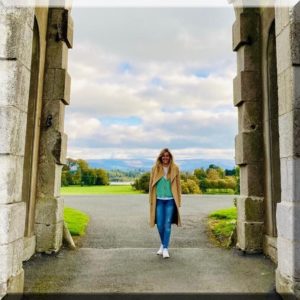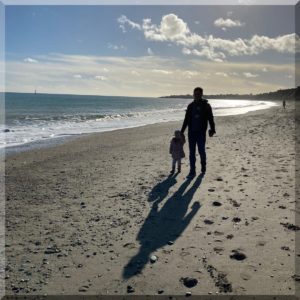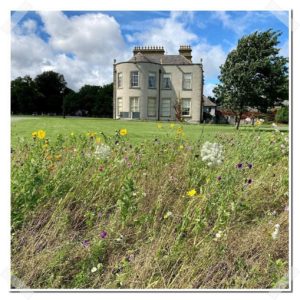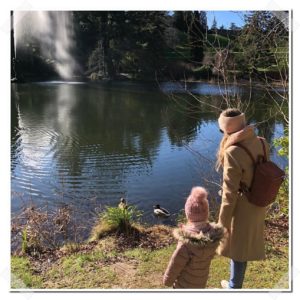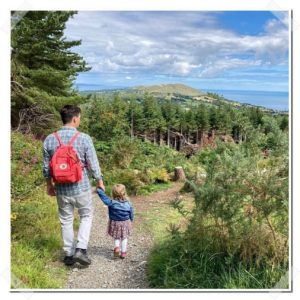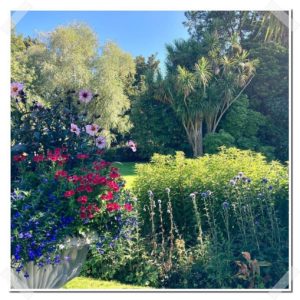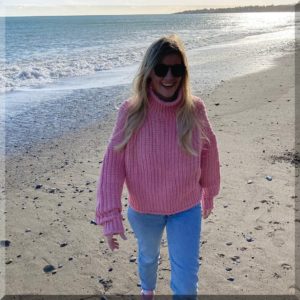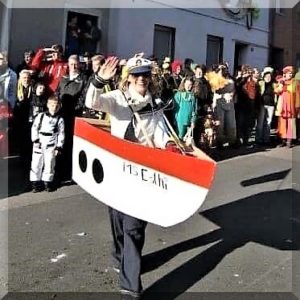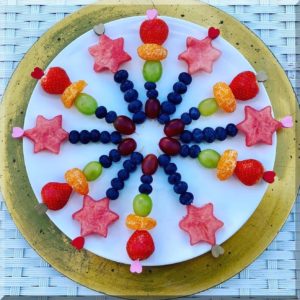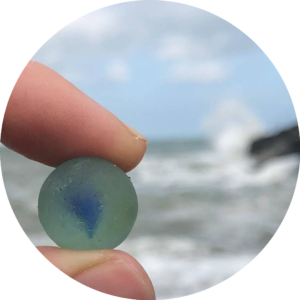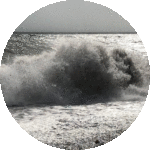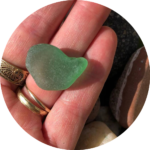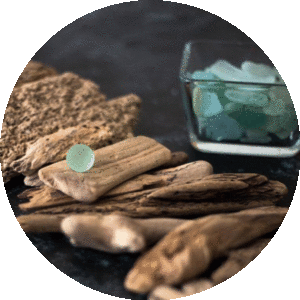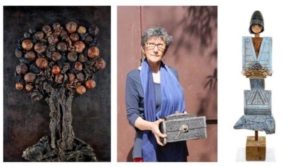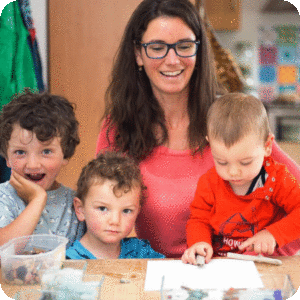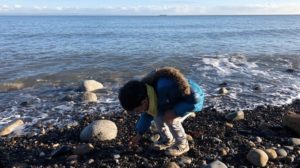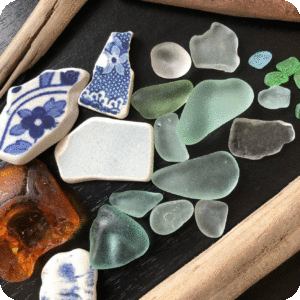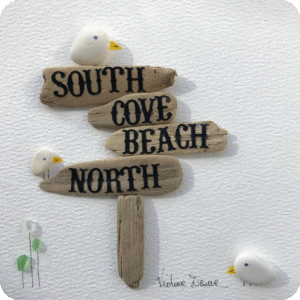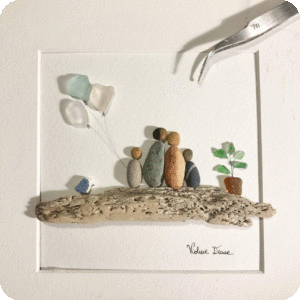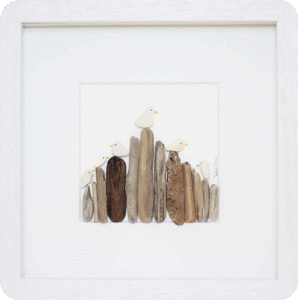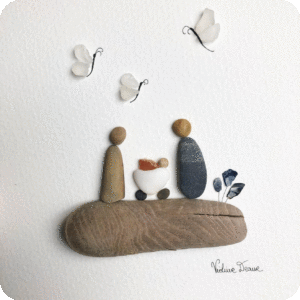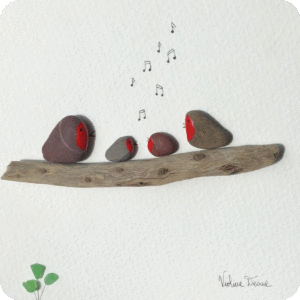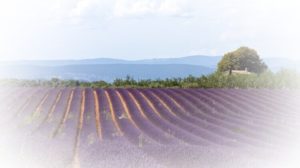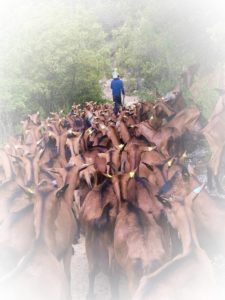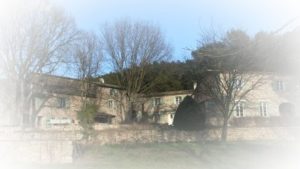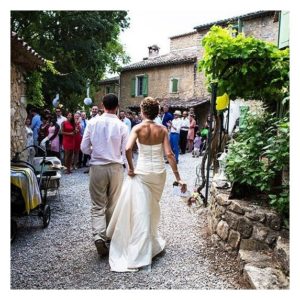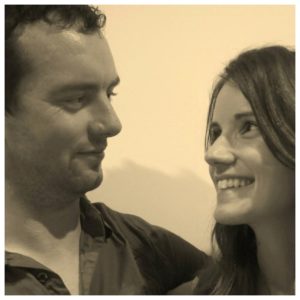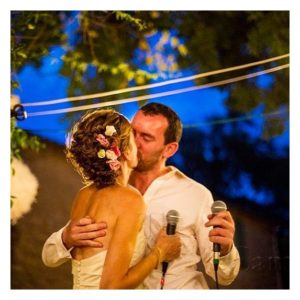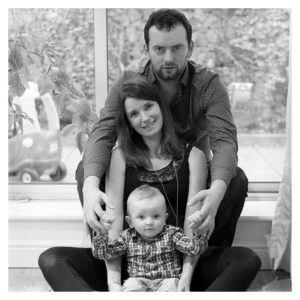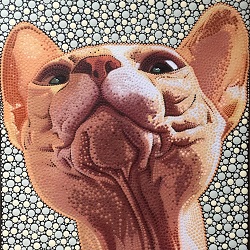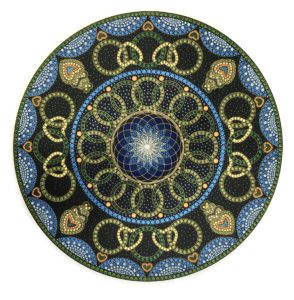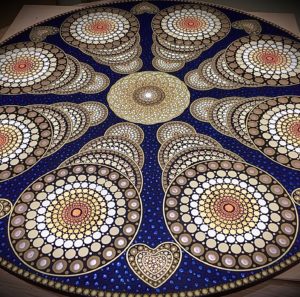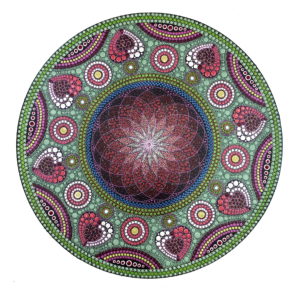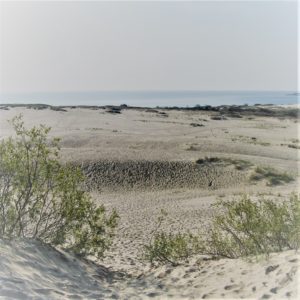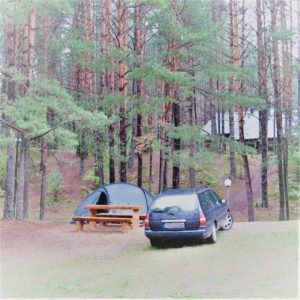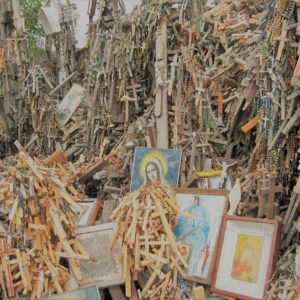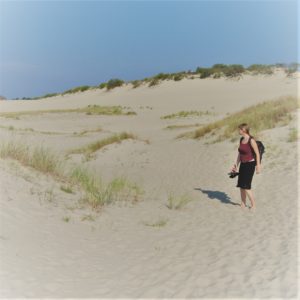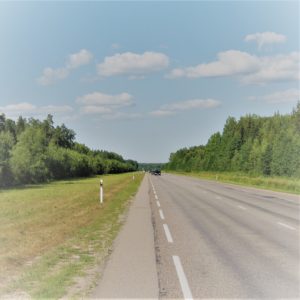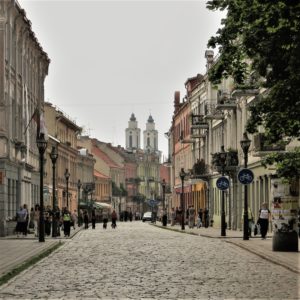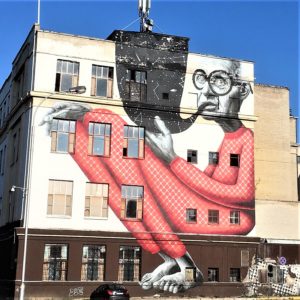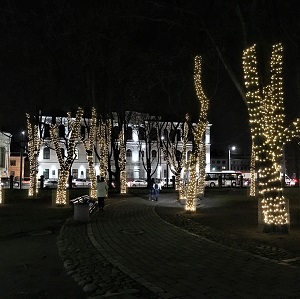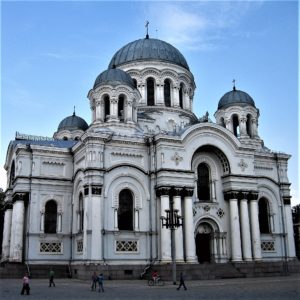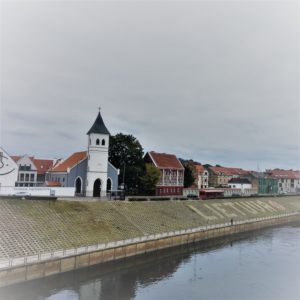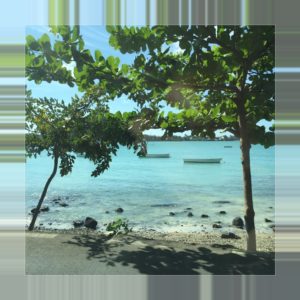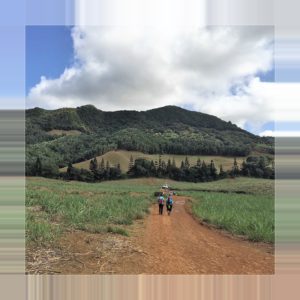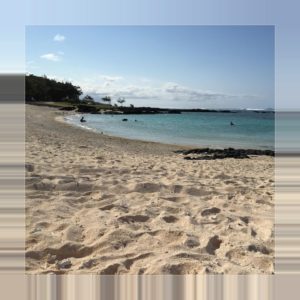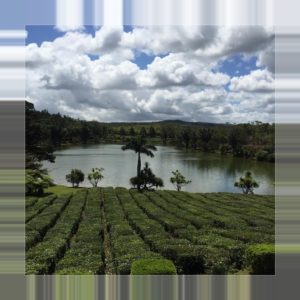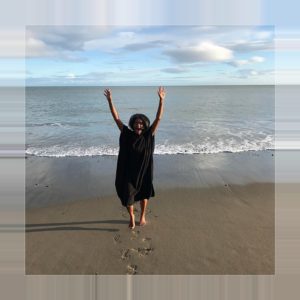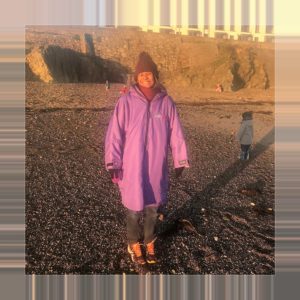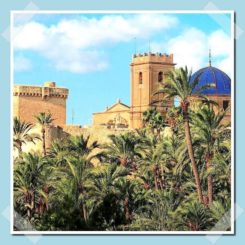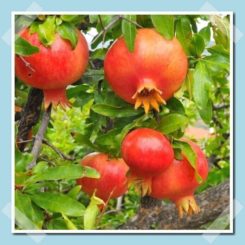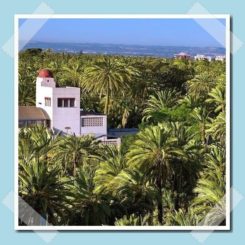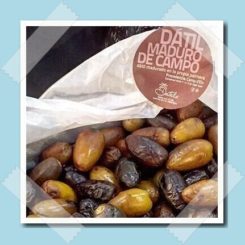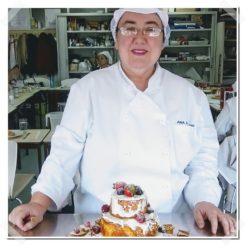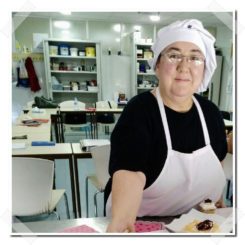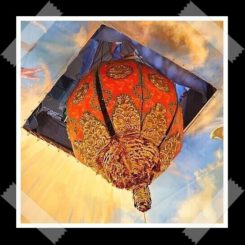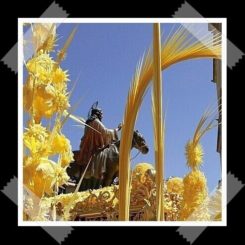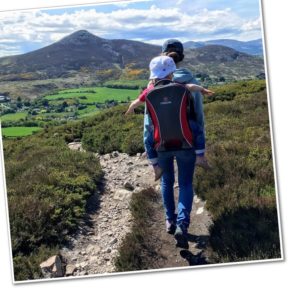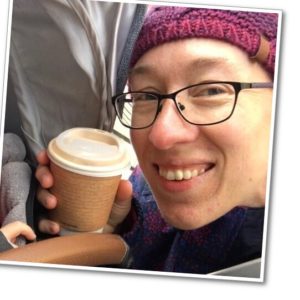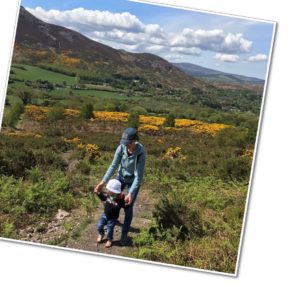Natalia – The Lost Voice of the Parish
Sound on: “Psalm 42” adapted and sung by Natalia
Obituary
On Sunday 28th April 2024, shortly before 11 am on a lovely spring morning, an era came to an end. After months of joyful weekly gathering in St. Antony‘s Church in Kilcoole, we said goodbye to the voice of the Family Mass – Natalia. It was a kind, but assertive voice, confident and never too shy to encourage even the most reluctant singers to join in. Also behind the scenes Natalia spared no effort to create this special form of worship every Sunday. Only a few weeks after losing Fr. John Daly to another Parish, we now see a further initiator of the Family Mass depart. Natalia is leaving a void and we yet have to hear about a plan how to fill it.

Wors(e)ship in Greystones before the weekly Family Mass
Having lived in Greystones for almost 8 years, it was a bit of an odysee for our family to find the right congregation to celebrate mass with. After the convent in Delgany closed down we were looking for a new sacramental home. We soon learned that whilst mass was “celebrated“ in many places all over the Greystones Kilquade Parish, there wasn‘t much of a celebration going on. Especially for a family with a young child at the time, we didn‘t feel welcome by fellow church goers. We were casted looks when the buggy was taking up too much room in the aisle. Reluctantly, or not at all, people offered us a space on a half empty pew – despite (or because of) me holding an infant. Whilst we felt proud when people told us how well our by now three children behaved during mass, it was sad to see the disapproving looks towards other children who were less disciplined. The ceremonies themselves were mostly following an agenda. Rushed homilies or none at all, with everybody going their separate ways afterwards. Definitely not an environment to attract families – the future of the faith community.
Natalia‘s Story
This is exactly how Natalia felt when she first arrived to the Parish in the summer of 2019. She had just completed the Camino de Santiago from St. Jean Pierre de Port in France to Fisterra in Spain. Whilst her 33-day journey came with the discernment that a vocation as nun – as previously intended – was not for her, it gave Natalia a taste of leading a spiritual life.
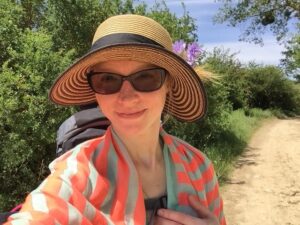
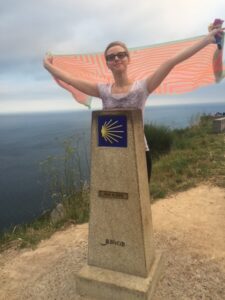
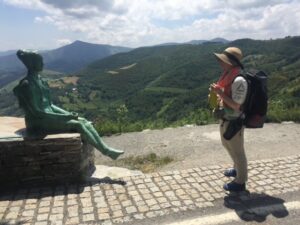
Originally from Olsztyn in Poland, Natalia was raised a Catholic and yet couldn’t have been further away from the spiritual person that she is now. Born into a time of political transformation during the 1980’s, practicing her faith in communist Poland felt more like expressing an ideological identity rather than developing a relationship with God. “Going through the sacramental process at school wounded my growth with an empty theology and lazy rituals, highlighting my sense of loneliness. At the end of my Christian initiation, I had no one with whom I could share my experience of the divine”, Natalia remembers.
This sense of being unmet in the spiritual realm escalated through her attempt of studying theology. Eventually, disappointed by the dull celebrations and shaken by public and private church scandals, Natalia turned her back on the Catholic church for almost two decades.
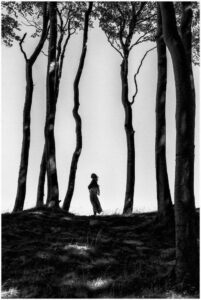
Coming Home
During that time Natalia followed a rather interesting career path. She seized opportunities of working in many different sectors such as TV, banking, software and gaming, as well as translating books from Polish into German. But no matter how ‘fulfilling’ her professional roles were, her soul remained unsatisfied. Guided by the online homilies of a Polish Dominican priest and an English Buddhist spiritual director, Natalia eventually re-discovered her faith and re-connected with the Catholic Church.
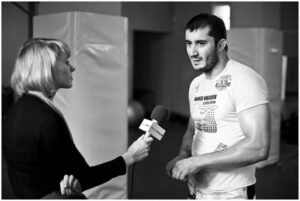

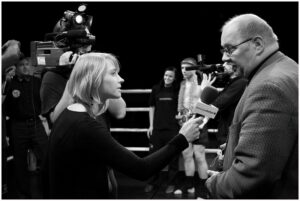
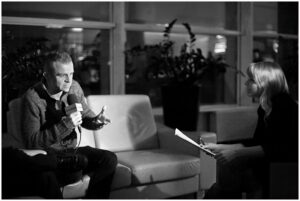
Returning from her pilgrimage on the Camino however, emphasised her inner loneliness once more. The spiritual depth encountered en route clashed with the emptiness of Catholic gatherings back home in Ireland. Giving up on finding a satisfying celebration, Natalia started attending Greystones and Kilquade masses out of convenience. In Fr. John’s homilies and spiritual guidance Natalia found such inspiration that she ultimately took a leap of faith. In 2021 she left her secure, full-time corporate job and accepted a much less paid contract with the Parish.
Godmother and God-Grandmother

When I asked Natalia one Sunday after mass in 2022 if she wanted to be my Godmother, I didn’t know that she contributed so much more to mass than just a nice tune. I was merely fascinated by the energy she brought to church and how she portrayed her faith to the crowd. That for me was enough to make her my spiritual advisor and a year later again the Godmother of our third child. Rather than only facilitating the sacraments as per her job description, Natalia went above and beyond to revive the long lost (or maybe never existing) spirit within the local faith community. “Whilst it was one of my most spiritually rewarding adventures, the sacramental process was challenging, demanding and exhausting”, Natalia tells me. I remember her often being at the point of exhaustion after endless overtime and working late. And yet Natalia would face the congregation every Sunday with her guitar and a warm smile on her face.
We are good friends now and I am glad we will continue being part of each other‘s lives. I am sad for the community though, over losing these vibrant celebrations Natalia brought to the Parish with Family and Ruah Mass*. I will miss the songs she handpicked and adapted to convey the spirit of faith and for everybody to learn under her guidance. I feel upset that the Family Mass the way it was intended, and established during many hours of thinking, planning and re-jigging by a finely-tuned team, has come to an end. I am heartbroken that two people of this team who put something in motion and made a positive change in the Parish – despite fighting against hierarchies and internal politics – were let go without further ado.
Bouncy Castle & Chocolate Fountain – Communion & Confirmation in Ireland
Are we going back to the old ways now? I hope not. But who am I to complain anyway, barely a Catholic for a year and not even Irish. Best to quietly show up for Sunday mass, head bowed. Taking a seat in one of the back pews or even better remain standing by the door so I can slip out after communion. Inaudibly humming the traditional hymnes played on the organ at most, if there is music at all.
Most Irish people have a love-hate relationship with the institution “Catholic Church“. More hate than love from what I sense in my immediate surroundings outside the congregation. Quite understandable when you consider how religion was interpreted and taught less than half a century ago. Many people still don‘t want to have anything to do with it. And it is their free choice to turn their backs on faith altogether. No harm done. Unless they insist on sending their children to a Catholic school and demand as little religious teachings as possible. Unless they want to use the churches once a year to have their child baptised so they won‘t feel excluded. Unless they complain about the way the preparations for the sacraments are done, so they can make communion and confirmation solely about expensive white dresses and parties with bouncy castles and chocolate fountains.
Being True to Yourself
 I am uncomfortable saying out loud that I got baptised as an adult. I get asked how I could join an organisation full of abuse and mismanagement, rather than what my thoughts on faith are. There are awkward smiles when I say that our children receive the sacraments for we actually believe in them. Or that we give them prayers instead of “worry monsters“ to deal with their fears.
I am uncomfortable saying out loud that I got baptised as an adult. I get asked how I could join an organisation full of abuse and mismanagement, rather than what my thoughts on faith are. There are awkward smiles when I say that our children receive the sacraments for we actually believe in them. Or that we give them prayers instead of “worry monsters“ to deal with their fears.
What a strange society do we live in where people go along with something they despise, because it has always been done that way? And others feel they can‘t say out loud what they truly believe in, out of fear of being ridiculed?
Natalia is a wonderful example for people of faith, never shying away from uncomfortable truths. I admire her bluntness and enthusiasm with which she encourages others to persue with what they believe in. I am sad she has left the Parish, but I consider myself lucky to be part of her future projects. One of them will be Full-of-Grace – Natalia’s next initiative to support individuals and communities in search for a faith-driven lifestyle. With all my heart I wish her best of luck, also for her journey towards becoming a Gestalt psychotherapist!
*Ruah Mass: A special way of celebrating mass introduced to the Parish by Natalia and Fr. John Daly. Focused on breathing God’s presence through and with the community, translating each breath into praise and worship.

Pictures: Courtesy of Natalia. Artistic Photography: © Karolina Hrynek
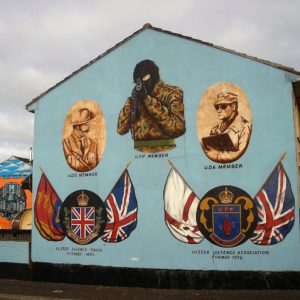
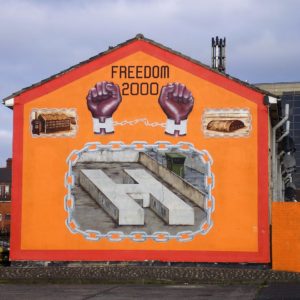
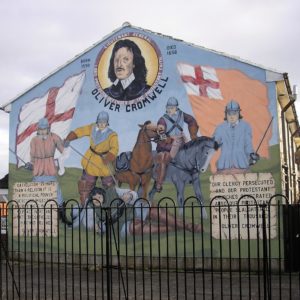
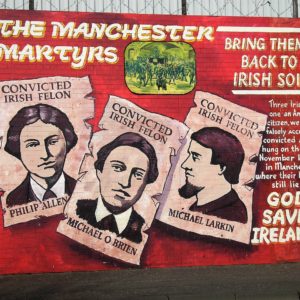
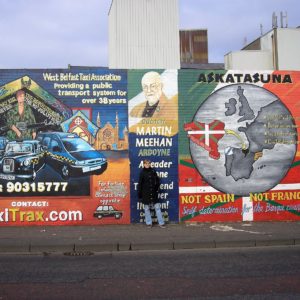
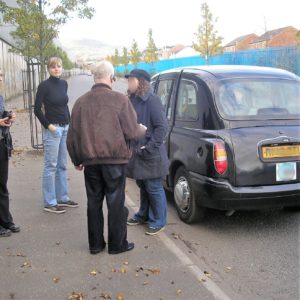
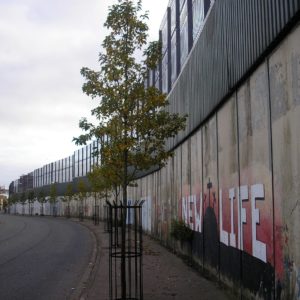
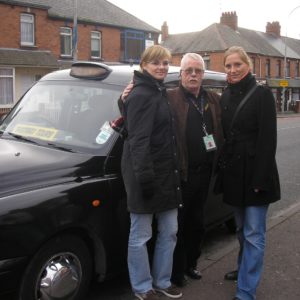
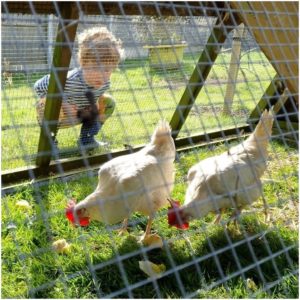
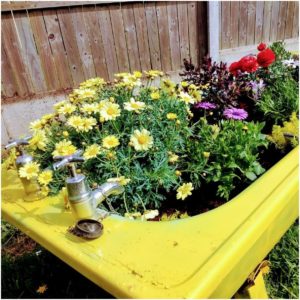
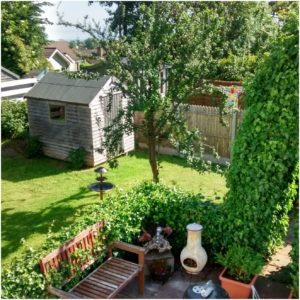
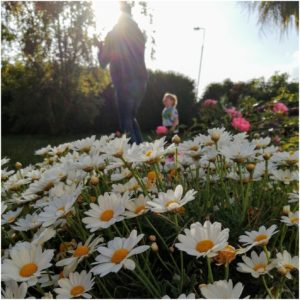
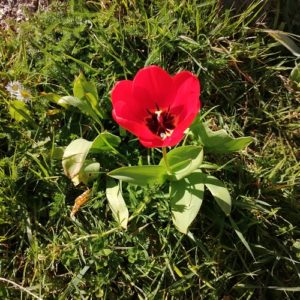
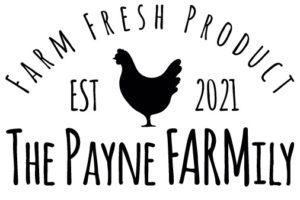
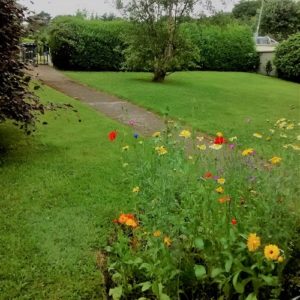
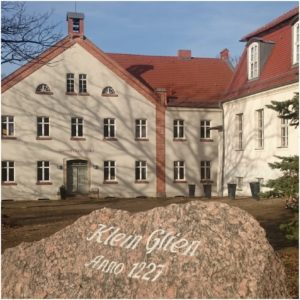
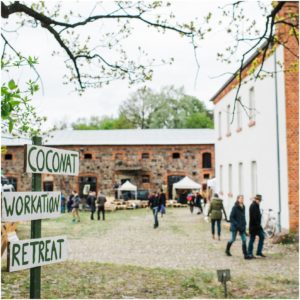
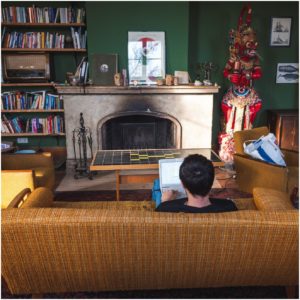
 © 1:
© 1: 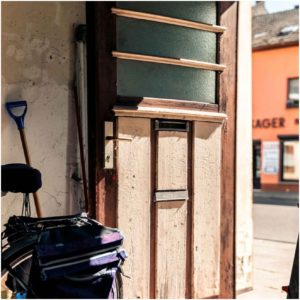
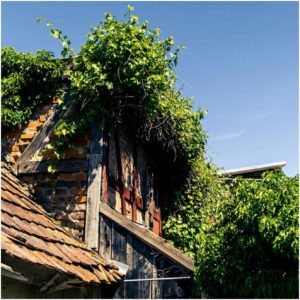
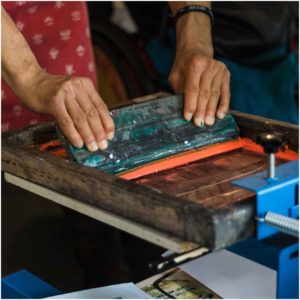
 ©
© 
